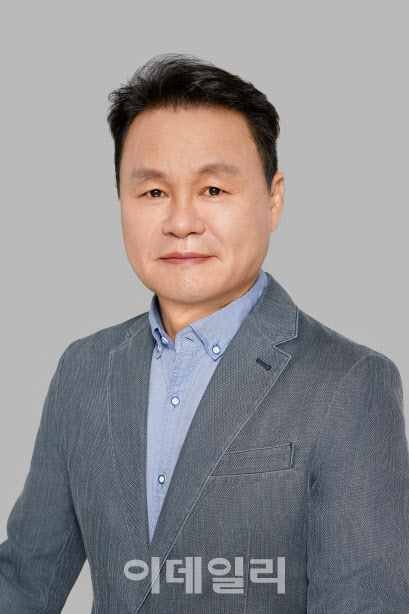뉴스
This Biotech Sells Jeans in a Gold Rush
2025-07-31
[The Pharmaceutical Wealth of Nations, by Yoo Sung]
GenixCure pioneers gene therapy delivery platform with low-risk, high-return model
GenixCure, Korea’s only biotech to commercialize gene therapy delivery vectors
CEO Moon touts “low-risk, high-return” biotech business
[By Yoo Sung, Head of Bio-Platform, Edaily] SEOUL, South Korea. In the business world, the most desirable model is one that offers low risk and high returns. By that standard, drug development is hardly attractive: developing a single new drug can cost up to 1 trillion won (about $770 million) over a decade, with odds of success hovering around 1 in 10,000. Even with regulatory approval, the race to blockbuster status is crowded and fierce.
That’s why Moon Hong-sung, CEO of GenixCure, decided to build a biotech business that doesn‘t hinge on drug approvals at all.
“Most PhDs and professors dive into drug development after founding a company,” Moon said in an interview with Edaily. “I took a different route. I bet on selling delivery platforms to drug developers, just like selling jeans and pickaxes during the California Gold Rush.”
GenixCure is the only Korean biotech company to reach the commercialization stage for viral vectors, core components that deliver genetic material in gene therapies. These delivery vehicles, or “carriers,” are a vital success factor in gene therapy development. Instead of shouldering the high costs and risks of new drug pipelines, GenixCure licenses out its platform to pharmaceutical companies and splits the revenue.
Platform Over Pipeline
In 2023, GenixCure signed license-out deals with two major South Korean pharmaceutical firms, referred to as “Company C” and “Company N.” These collaborations have already yielded joint development projects. The company has also completed development of highly efficient, organ-specific delivery vectors and is in talks to export the technology to global players like Roche, Eli Lilly and Astellas.
Because delivery platforms like GenixCure’s do not require lengthy clinical trials but only need functional validation they can be developed faster and at lower cost. GenixCure invested just 7 billion won (roughly $5.4 million) over three years to reach the commercialization stage. That compares favorably to traditional drug R&D, which often stretches over a decade and costs upward of 100 billion won.
“This platform approach allows us to keep licensing the technology to multiple gene therapy companies,” Moon said. “It transforms the business into a low-risk, high-return model.”
Pivot From Alzheimer’s to AAV
 |
Moon Hong-sung, CEO of GenixCure. Provided by the company |
In search of a pivot, he turned to adeno-associated viruses (AAV), widely used as vectors to deliver genes to targeted cells. Leveraging his team’s accumulated gene therapy expertise, Moon redirected efforts toward building a vector platform that could be rapidly developed and monetized.
Unlike most competitors who started with mouse-based models, GenixCure took a leap forward by building its AAV platform on primate gene data, combined with AI-powered analysis. This gave the company a technological edge in designing precise, efficient carriers.
Growing Market, Scalable Model
Gene therapy is one of the fastest-growing sectors in advanced medicine. The global market is expected to grow from 12 trillion won ($9.2 billion) in 2023 to 83 trillion won ($63.7 billion) by 2035, expanding at an annual rate of 25%.
GenixCure’s business model involves co-ownership of pipelines developed using its carriers, along with upfront licensing fees and milestone payments. This enables sustainable revenue generation.
This year alone, the company expects to earn around 3 billion won ($2.3 million) from licensing deals. Moon projects that figure could more than triple in 2026.
Just as Levi Strauss prospered during the Gold Rush by selling tools to miners, GenixCure is proving that biotech success doesn’t always require striking gold sometimes, selling the pickaxe is the smarter bet.
- 다음글
- 다음글이 없습니다.

